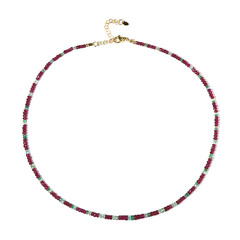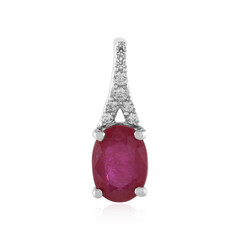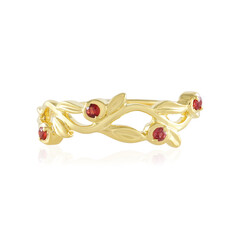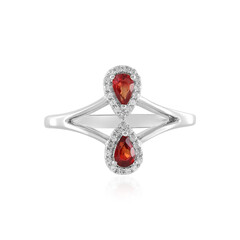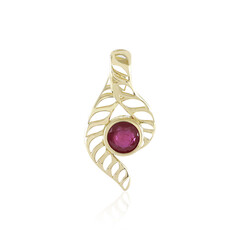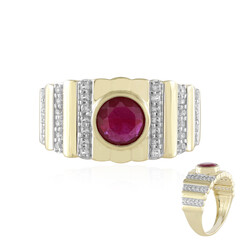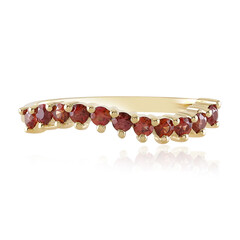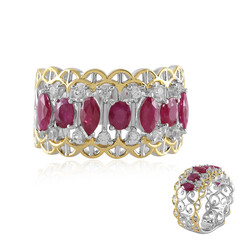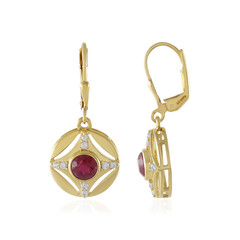Ruby
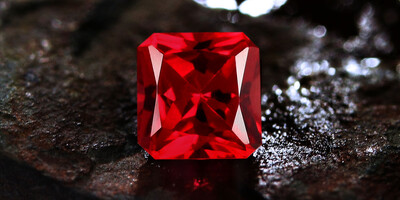
1. Introduction
The ruby, with its passionate red colour, symbolises love, strength, and passion, and is considered a classic in the world of gemstones.
2. Name, Origin and History
Name
The name ruby comes from the Latin term "ruber," which stands for the colour red.
Origin
Ruby and sapphire are colour varieties of the mineral corundum (crystalline aluminium oxide), whose name is derived from the Sanskrit word for rubies and sapphires, "kuruvinda." Corundum produces allochromatic gemstones. This means that trace elements such as chromium, iron, and titanium, as well as colour centres, create a rainbow of colours. Red corundums are called "rubies," while those in all other colours are known as "sapphires."
History
While many red gemstones were called "ruby" until the development of scientific gemmology in the 18th century, ruby, garnet, spinel, and other red gemstones were grouped under the Latin term "carbunculus" (little coal) in antiquity. These gemstones, known to the ancient Greeks as "anthrax" (burning coal), were beautiful deep red stones that took on the colour of glowing coals when held up to the sun.
The ancient Indians believed that the ruby possessed an inner fire, which not only granted long life but could also help heat a kettle. Aside from supposedly bringing luck in gambling, medieval beliefs held that rubies had prophetic powers and would darken in colour when danger was imminent. The Burmese wore them as talismans to protect against illness, misfortune, and injury, and they were once known as "drops of blood from the heart of Mother Earth." Today, the ruby is the official birthstone for July. Some of the ancient terms used to describe the ruby's colour include "pigeon blood," which has recently come back into vogue, and "ox blood."
3. Characteristics
Characteristics
As a dichroic (two-coloured: violet-red and orange-red) or pleochroic gemstone, the "finest" ruby is only about 80 percent pure red and shows a secondary tint of orange, pink, purple, or violet. A ruby that is too dark and "garnet-like," too light, too orange, or too purple will have a correspondingly lower price. How dark, light, or secondarily coloured a ruby should preferably be is subjective. The less intense hues often look better under subdued lighting. Most rubies exhibit a strong, glowing electric-red fluorescence in natural light. Along with the silk inclusions, this reduces the impact of dark areas in a stone with a table facet on the top.
4. Treatment and Care
Gentle cleaning and care without steam and ultrasonic methods are recommended for most varieties of rubies.

